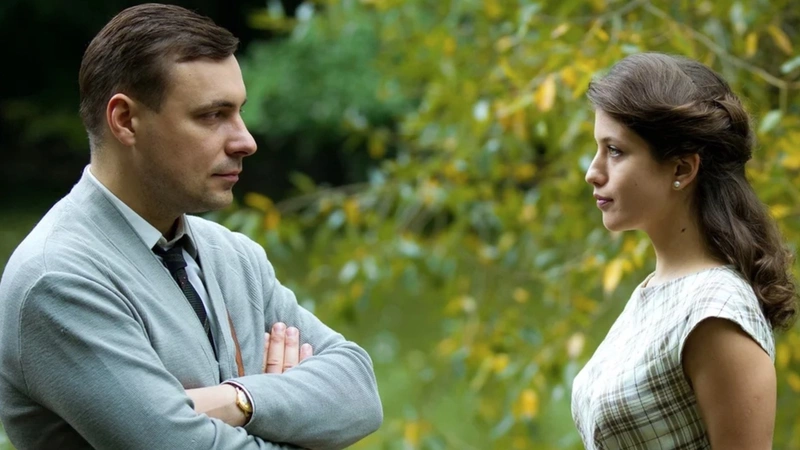mofotechblog.com – “The Thaw” (2013) is a compelling Russian television series that delves into a transformative period in Soviet history. Directed by Valery Todorovsky, the series captures the essence of the Khrushchev Thaw, a time of cultural liberalization in the Soviet Union during the late 1950s and early 1960s. This article explores the series’ narrative, its historical context, and its impact on contemporary Russian media.
Plot Overview
Set against the backdrop of post-Stalinist Russia, “The Thaw” follows the lives of a group of filmmakers navigating the rapidly changing cultural landscape. The series centers on the character Viktor Khrustalyov, a talented and ambitious film director, as he grapples with personal and professional challenges. Through his story, the series weaves a rich tapestry of love, ambition, and the struggle for artistic freedom.
Historical Context
The Khrushchev Thaw marks a pivotal period in Soviet history, characterized by a relaxation of repressive policies and a newfound openness to artistic expression. This era saw a flourishing of literature, film, and other arts, as censorship eased and creative voices emerged. “The Thaw” effectively captures the spirit of this time, portraying the hopes and struggles of individuals seeking to redefine their roles in a changing society.
Cinematic Style and Themes
“The Thaw” is notable for its authentic portrayal of the era’s aesthetics and atmosphere. The series meticulously recreates the setting of 1960s Moscow, with attention to detail in costume, set design, and music. Themes of artistic freedom, censorship, and personal integrity are woven throughout the narrative, offering a nuanced exploration of the complexities of life during this transformative period.
Impact and Reception
“The Thaw” has been acclaimed for its engaging storytelling and historical accuracy. It has resonated with audiences both in Russia and internationally, prompting discussions about the legacy of the Khrushchev Thaw and its relevance to contemporary issues of freedom and censorship. The series has also contributed to a renewed interest in Russian history and culture, highlighting the enduring impact of this pivotal era.
Conclusion
“The Thaw” (2013) is a captivating series that offers a window into a significant chapter of Russian history. Through its rich narrative and authentic depiction of the Khrushchev Thaw, it invites viewers to reflect on the enduring themes of artistic freedom and personal resilience. As a cultural artifact, “The Thaw” continues to inspire and engage audiences, bridging the past with the present in a powerful way.
